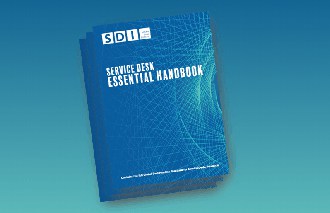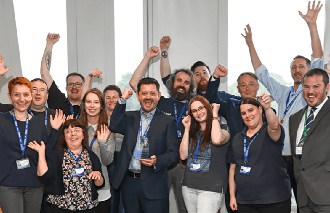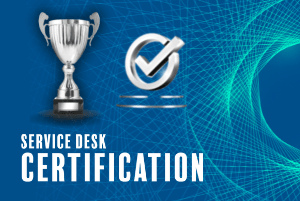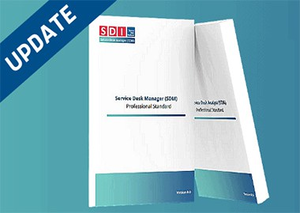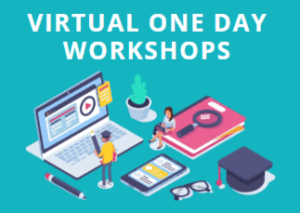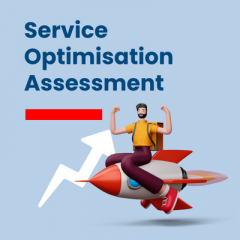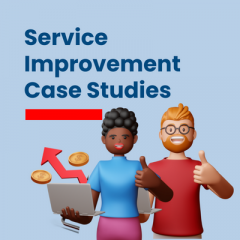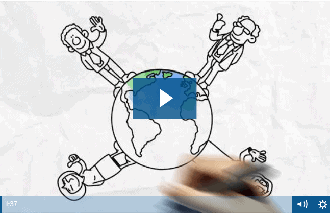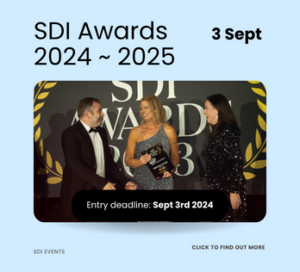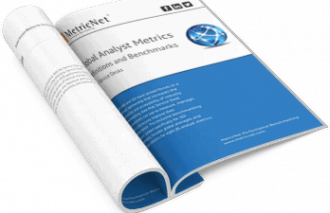
By Kim Ballestrin, Principal Consultant, Elabor8
At this year’s annual SDI conference – SDI20 – I’ll be delivering a workshop on Personal Kanban – a concept from Jim Benson and Tonianne DeMaria Barry, which has taught me surprisingly useful lessons about my approach to work.
With only two rules – visualise your work and limit your work in progress – Personal Kanban is very easy to get started with.
Visualise Your Work
Anyone that has worked with dashboards or agile teams knows the value of a good visualisation; especially if you can glance over and see if things are going well (or otherwise). With Personal Kanban you may visualise your own work in any way you wish and there are no constraints or rules about how to do this (of course there is a template that is useful for getting started – but it’s not a rule that you use the template).
Limit Your Work in Progress
This second rule is a lot less intuitive – limit your work in progress. I really struggled with understanding this one at first; I used to think that if I started a lot of things, then I would get a lot of things finished. On the other hand, focusing on just one thing and getting it finished sounded a little bit boring too.
How I’ve Used Personal Kanban
I’ve been using Personal Kanban in different ways at work and also at home. I once set one up to get through some half-finished craft projects (mostly knitting and crochet). The amount of satisfaction I felt finishing the items was wonderful – especially the crochet tartan blanket that had been hanging around for far too long (and it looks great). It took a while for me to get through the backlog of projects and at the end I finally understood that it’s much better to focus on finishing one thing at a time and then move onto the next one. I also no longer feel the pressure of those half-done projects sitting in the cupboard. On another note, I’m now much more disciplined with my knitting and crochet and can confidently tell people that it will take me three weeks to knit a pair of socks.
The lessons I’ve learned from using Personal Kanban around the home have often provided insights that are useful at work as well – that was what I found surprising. From the craft projects example, I’ve found that when I can focus on getting through one item at a time, I get a lot more done in the day. So, wherever I can, I schedule activities to minimise chopping and changing topics or workflows – it’s surprising how much time can be wasted just in the switching.
Personal Kanban is a great way to experience some of the foundational principles of agile ways of working. I’ve been finding it an ideal introduction for people who are working in organisations with agile teams but not using agile themselves.
Join Me at SDI20
If you come along to join me for this 45-minute workshop at the SDI20 conference, by the end of the session you’ll have created your own example of a Personal Kanban and learnt how it can be used to generate useful insights. For me, the insights have ranged from small improvements to big realisations – sometimes the way I think about a task can prevent me from starting it.
At SDI20, by joining my session you’ll leave:
- Understanding why there are only two rules of Personal Kanban
- Understanding how visualising your work can help you better articulate your tasks
- Learning how limiting your work in progress can help you to get more tasks finished
- Learning which contexts are best for introducing Personal Kanban in the workplace
Interested? I hope to see you at SDI20 in Birmingham, 15th-18th March 2021
